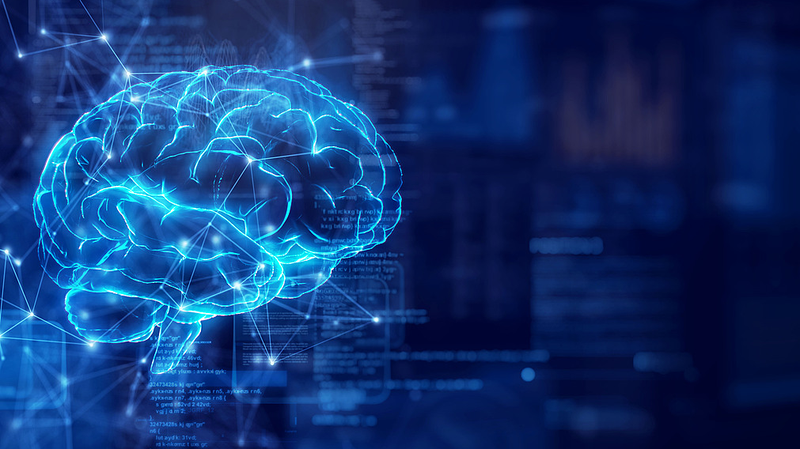What if we could chart every neural connection that underlies thought, movement and memory? A team of scientists in the Chinese mainland, led by the Center for Excellence in Brain Science and Intelligence Technology under the Chinese Academy of Sciences, has just taken a major step toward that reality.
Published this week as ten pioneering studies in Cell Press journals—including Cell and Neuron—the research unveils comprehensive mesoscale brain atlases across species, from reptiles and rodents to non-human primates and humans. By merging high-resolution imaging, spatial transcriptomics and AI-driven analysis, the scientists built detailed 'road maps' of neural cell types and connectivity patterns that drive perception, learning and decision-making.
“Extending brain mapping from rodents to primates marks a crucial milestone,” says Muming Poo, scientific director at CEBSIT. “Primate brains are vastly more complex. Our lab has decoded cell types, connectivity and molecular signatures in macaques, revealing insights into evolution and disease.”
Behind the breakthrough are two technological leaps. The first is large-scale single-cell spatial transcriptomics, which profiles thousands of cells in primate brain tissue sections to sort cell types in healthy and diseased states. The second is submicron-resolution imaging of axonal architectures and high-throughput 3D reconstructions of neural circuits.
Over 300 scientists from the Chinese mainland’s top research institutions—such as the Suzhou Institute for Brainsmatics under the Huazhong University of Science and Technology, the University of Science and Technology of China and the BGI Research Institute—joined forces with collaborators in France, Sweden and the United Kingdom. Their integrated multi-omics database now powers a global brain atlas hub for cross-species comparisons and tracking how cell types and connections emerge through development and evolution.
“Mapping primate brains generates colossal data volumes that take years to acquire and analyze,” notes Sun Yangang, a leading investigator at CEBSIT. “We invite the global scientific community to build on these resources as we aim to decode the human brain’s mesoscale landscape.”
The outcome? A rich atlas that could accelerate research into neurological disorders, inform brain-inspired AI models and illuminate the evolutionary path that shaped our cognitive abilities.
Reference(s):
Chinese-led team unveils breakthrough in brain mapping research
cgtn.com




